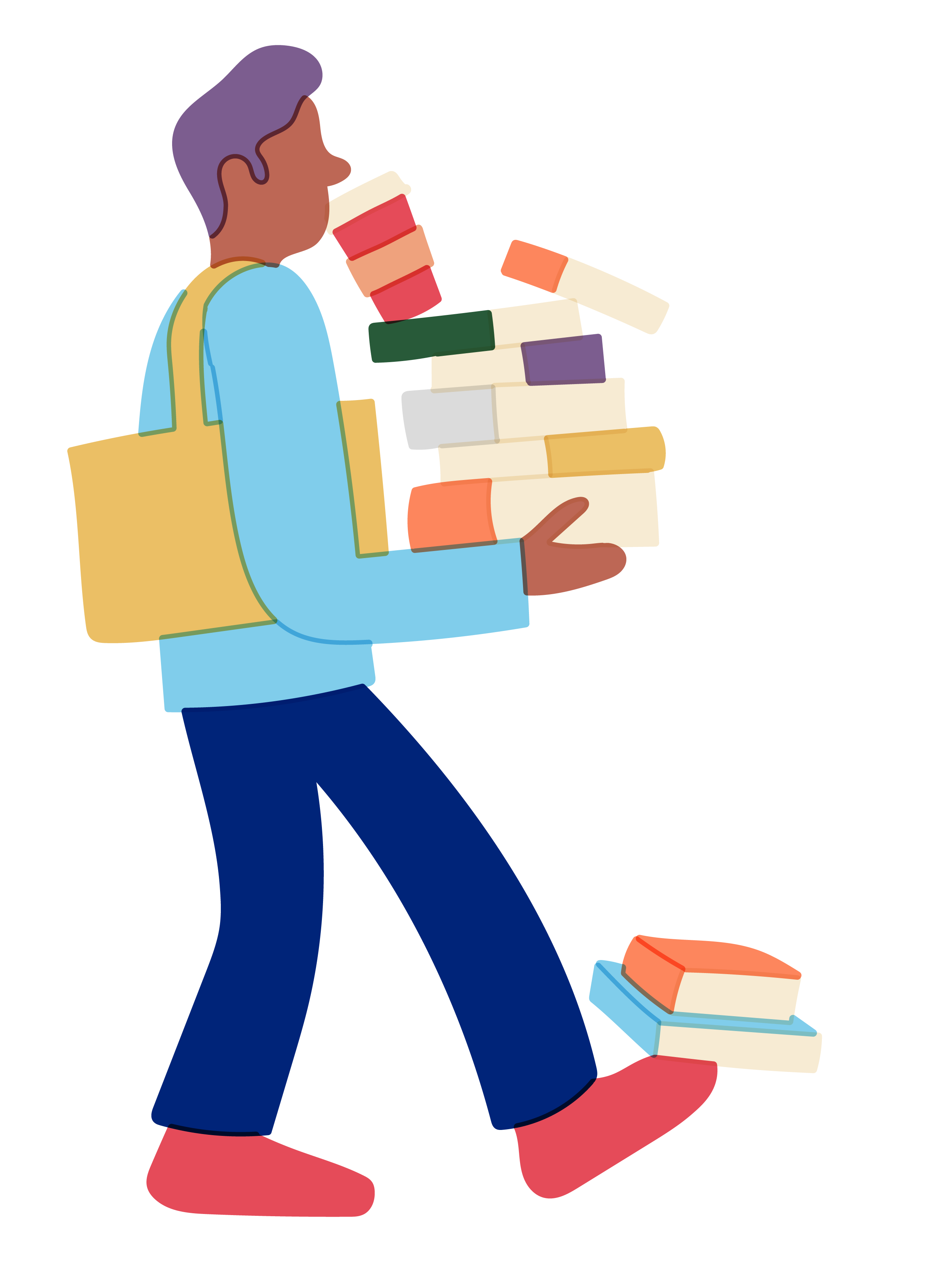Most college courses in film history begin in late-nineteenth-century France, spend a considerable amount of time in the early-twentieth-century Soviet Union and come out on the other side of World War II in Italy. It is here that we meet neorealism.
Neorealism is a film movement that developed in 1940s Italy, in response to the material and spiritual destruction of Italian society during the war. It is typically presented as a collection of on-set techniques that can be summed up in list fashion:
Neorealist films…
- tell stories of poverty
- use non-professional actors
- are shot on the city streets
- use grainy film stock
- use live sound recording
- do not use artificial lighting
There is an emphasis on the real (neorealism means ‘new realism,’ reinvigorating the old realism of nineteenth-century literature), and in-class conversations tend to revolve around what makes these films feel so true to life. They are not, by any means, the fantasy projections of Hollywood blockbusters. They appear raw, stripped of all decoration and determined to simply reveal the world as it is.
While this external realism is important, it is not what the theorists of neorealism had in mind. They wanted film to capture a less visible reality: the reality of class struggle. Writers like André Bazin and Cesare Zavattini were influenced by the works of Karl Marx, who believed that the fundamental reality of most people’s lives was that they labored for someone else (their boss) who did not share their interests. Bazin and Zavattini thought that until now film (especially Hollywood and Italian film during fascism) had concealed this reality from people, and they wanted neorealist films to show it plainly, so that people would join together, help each other out and revolt against their oppressors.
Let’s consider the most famous neorealist film, Bicycle Thieves, which was directed by Vittorio De Sica in 1948. It is the story of a man who can not get to work because his bicycle has been stolen. He searches high and low, then he decides to steal someone else’s bicycle. Bicycle Thieves checks most of the items on the list of neorealist techniques: it is a tale of poverty shot in the streets of Rome with non-professional actors, a portable microphone and no lighting gear. Students often remark that it feels so real—that the bicycle on screen looks just like a real bicycle!
Now remember, although this aesthetic realism is important, neorealist films are supposed to be pursuing a deeper, more complex, social realism. Does Bicycle Thieves succeed? Yes and no. On the one hand, the film illustrates the structural nature of poverty—how families are locked in to a system of deprivation that makes it nearly impossible to better their lot. But on the other hand, the film does nothing to encourage people to join forces and change that system. The protagonist gets little help from other working-class Italians, who represent, if anything, a threat. And in the end, the solution to the problem involves not teaming up with others but stealing from them.
The point is: Bicycle Thieves both is and isn’t a neorealist film, and analyzing it in this way gives us a clearer picture of the flexibility of the neorealist movement. Instead of flattening the image and asking us to identify the elements of reality, it encourages us to look through the screen and into the world represented, to ponder what is real about that place.


Comments